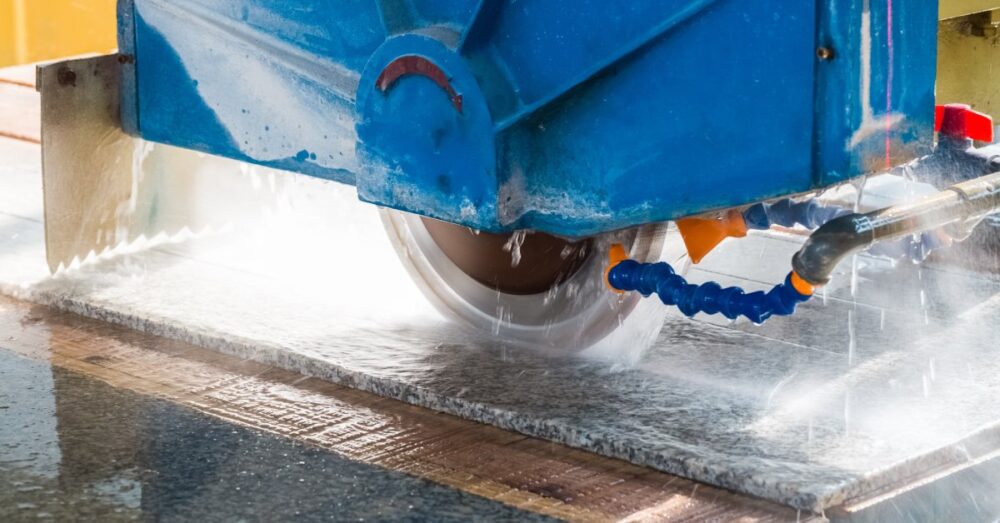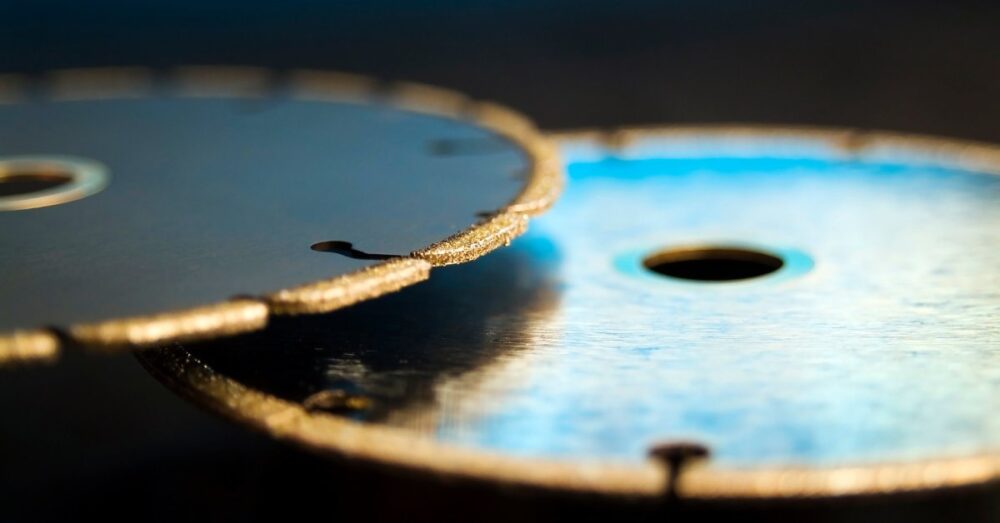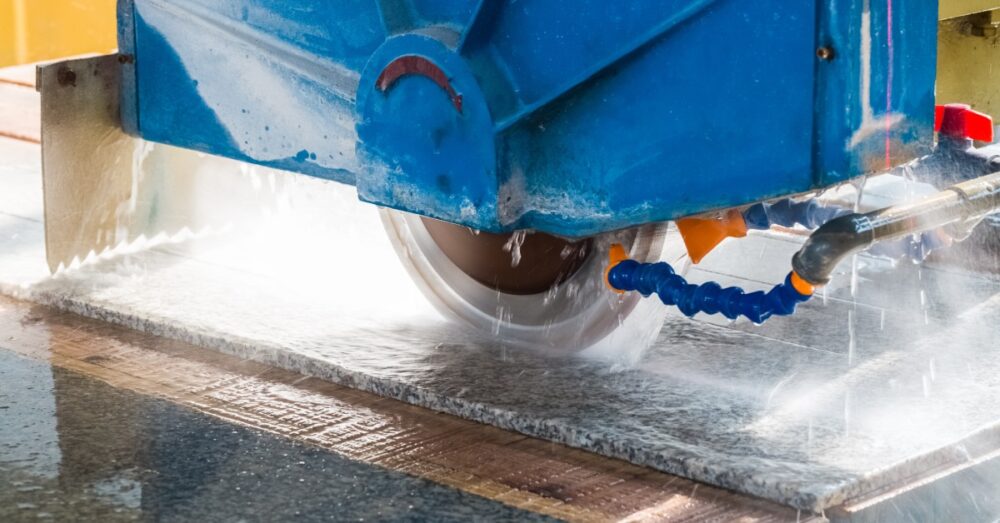How To Choose the Right Diamond Blade for Your Bridge Saw

Cut cleanly and efficiently with the right diamond blade for your bridge saw. Discover top-quality stone cutting blades, and elevate your cutting game today.

Cut cleanly and efficiently with the right diamond blade for your bridge saw. Discover top-quality stone cutting blades, and elevate your cutting game today.

Bridge saw blades offer many advantages to stone fabricators and DIY home renovators. Discover the benefits of using a bridge saw to cut stone materials here.

Diamond blades are powerful cutting tools, yet they require careful handling. We will explain the dos and don’ts of using diamond blades here.

In the stone and tiling industry, the bridge saw is one of the most important pieces of equipment. It’s integral to precisely and consistently cutting into slabs like granite, marble, and more. But bridge saw blades don’t last forever, and knowing when to replace bridge saw blade is crucial for maintaining high-quality cuts and equipment […]